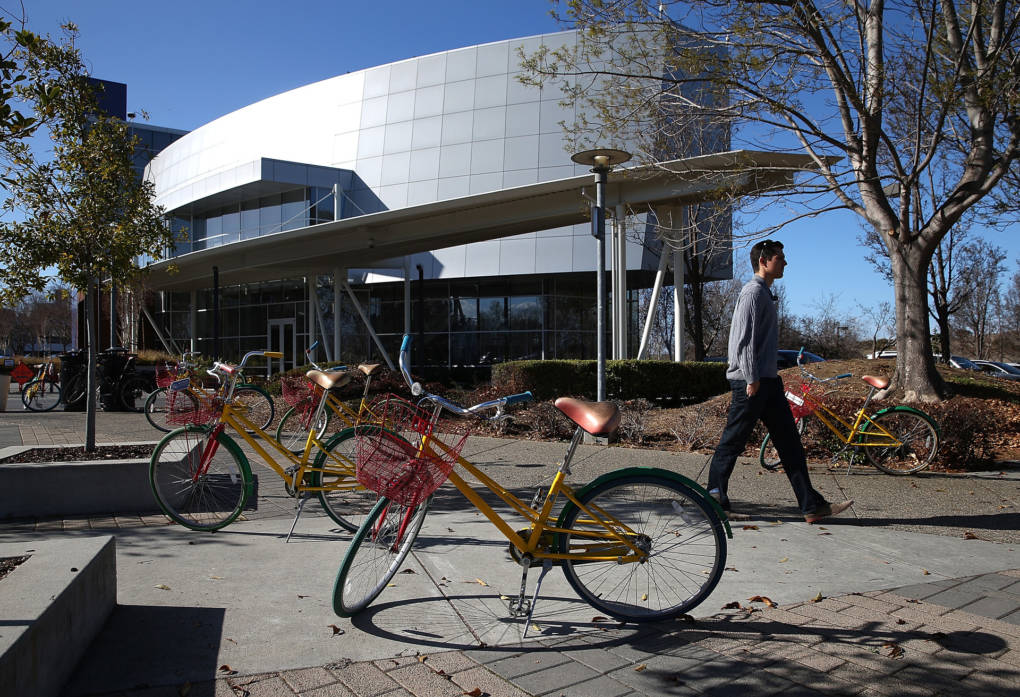Kathy Zhang is senior analytics manager on a team that measures traffic and other data for Times news products. She is excited to be part of a union that can push for diversity and equity in the workplace. She says tech workers need to realize they have something to gain from organizing just like any other worker.
“There is this myth of meritocracy that says, ‘If you can work really hard or if you gain these specialized skills, that will set you apart from everyone else and you’ll be able to reap these benefits that other people don’t have,’ ” Zhang says. “But I don’t think of myself as apart from other people. I don’t think that, just because I can write SQL and I can put some dashboards together, that means I should think of myself as exceptional. I don’t make any decisions in front of the board at shareholders meetings, right? I work for a paycheck.”
All of the tech workers I spoke with were drawn to the Times by the mission and journalism of the organization.
“Allowing citizens around the world to be well-informed and to understand things, I think that sense of purpose is so beautiful,” Culpepper says. On top of that, she says the paper was doing incredible things digitally. She says she was obsessed with the cooking and sudoku apps before she started working there.
My brother, Benjamin Harnett, used to read the paper cover to cover when he was a boy, and our mother had to politely ask for him to stop filling in the crossword before she got to it. He has been an engineer at the Times for nine years, disregarding the stream of recruitment emails from companies like Google and Facebook.
“The normal thing in the tech industry is to hop from company to company every two years,” he says. “You do a big project, get a promotion and then move on. You can’t build anything meaningful that way.”
Samadzadeh sees the union as a way for workers to be more involved and committed to the company. She says, “Everyone at the Times cares so much. The ability to get a chance to be part of making the Times better is just so exciting.”
Tech Workers Are Workers
The tech workers at the Times could get material advantages they currently don’t have by joining The NewsGuild: things like overtime, a pension and a say in their health care through union reps. None of that is typical in Silicon Valley.
Guild organizer Marybeth Seitz-Brown says there is an interesting parallel between the tech workers of today and the journalists at The New York Times who first organized back in the 1930s.
“Intellectual workers, like journalists, were often identifying as professionals instead of workers that have things in common with the people they work with,” Seitz-Brown says. “In some ways, we are seeing the next wave of that same process that journalists went through.”
While tech workers are relatively well paid compared to some other workers in the economy, they have similar concerns over pay and job protection as all workers. Over the decades they have faced the same kinds of attacks by management and owners that KQED detailed in a three-hour documentary on the erosion of worker power.
There have been abrupt layoffs of tech workers during economic crises, with the pandemic being the latest example. Hundreds of workers at some companies were fired en masse, sometimes over Zoom.
In the 1990s, tech companies pioneered techniques to cut labor costs by outsourcing, contracting and temping workers, all of which led to a class-action lawsuit against Microsoft. Today there is a distinct two-tiered system in Silicon Valley of full-time workers with benefits, and part timers and contractors.


